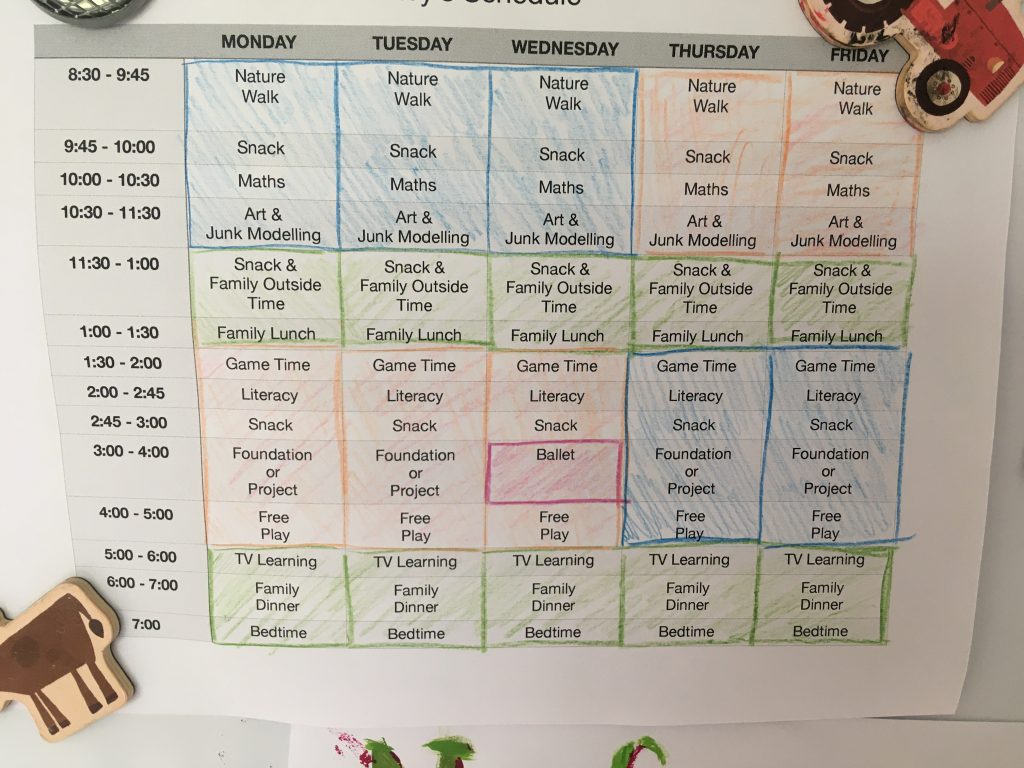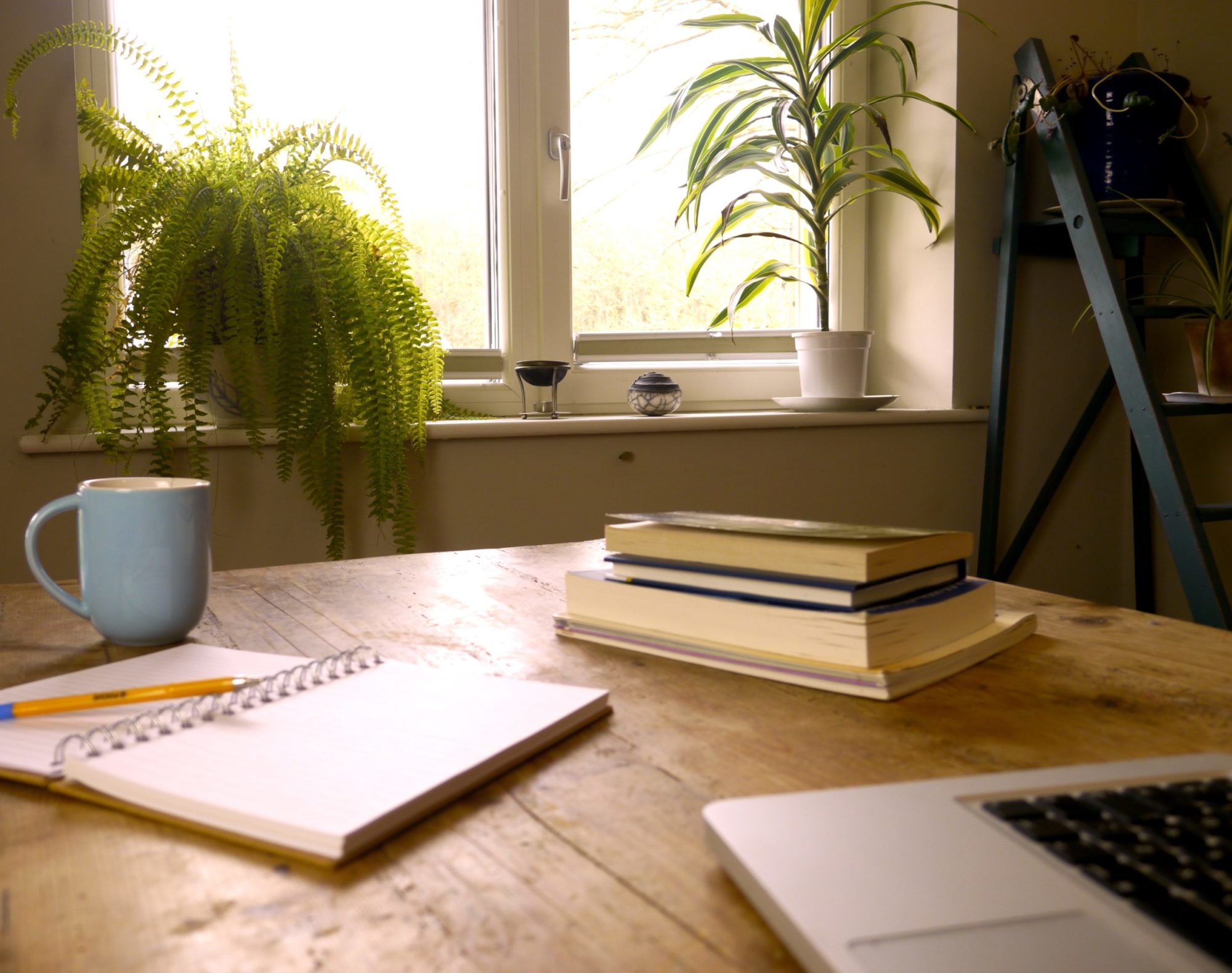
When schools in England closed in March, my daughter’s school sent home suggestions for home-learning. Top tip: set up a schedule. So we did. Breakfast, nature walk, snack, maths, art, lunch, game time, literacy, snack, project time, tv learning, dinner, bedtime. For too many weeks to count now, this has been our Monday through Friday. Adult work time is split between parents; one gets the morning, the other the afternoon.
Right away, it reminded me of being on meditation retreat, and of the time I spent as a Zen student at Tassajara. On retreat, or at a monastery, we talk about the container of the schedule – the way a fixed, daily schedule carries you along, its boundaries keeping you directed and reassured. It’s not only children who find safety in knowing what happens next. Having a rhythm to rely on takes the pressure off. You know what to do when. You know when to stop.
Some WriteClub participants are currently meeting together on Zoom daily to write. Some are spending entire structured days together. What might you do to build a container for yourself? And what kind of container do you need?
I am not necessarily suggesting rigid discipline. Pema Chodron talks about hard practice and soft practice; it’s in the context of Buddhist meditation, but it works for writing too. She says that strict practice is good for her, because her natural style is casual, soft-edged, and laid-back. Even her strict practice is relaxed. She says that for others, who tend to be precise, punctual, and militant, a tight practice could be natural but not necessarily helpful. “It might be easy for you to do a tight practice, but that might be too harsh and too authoritarian, so you might need to find out what it means to practice in a relaxed, loose way.”
What kind of writing practice do you need? Especially in these times, what kind of container might you build for yourself?
NEXT: Is It True?
